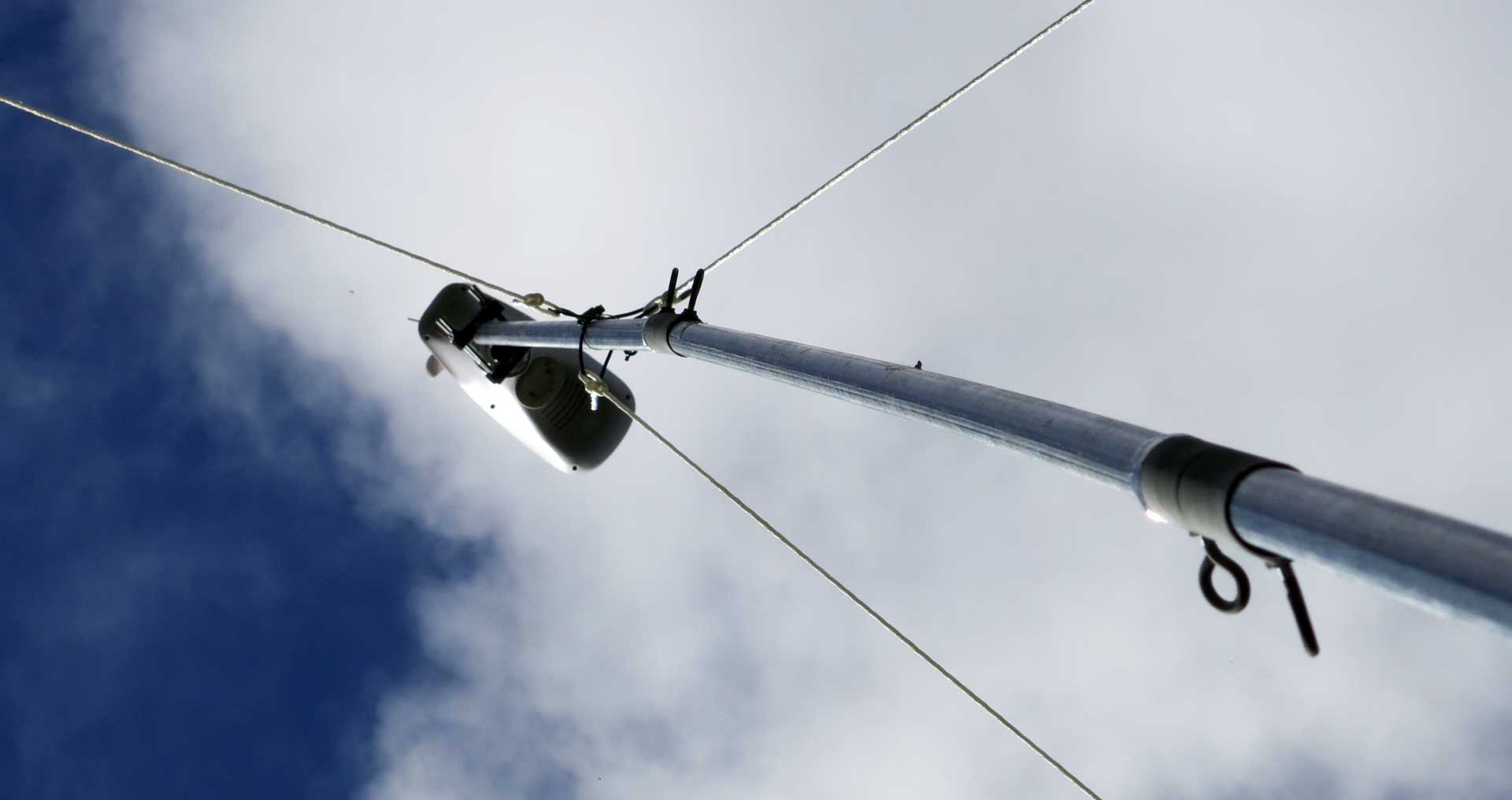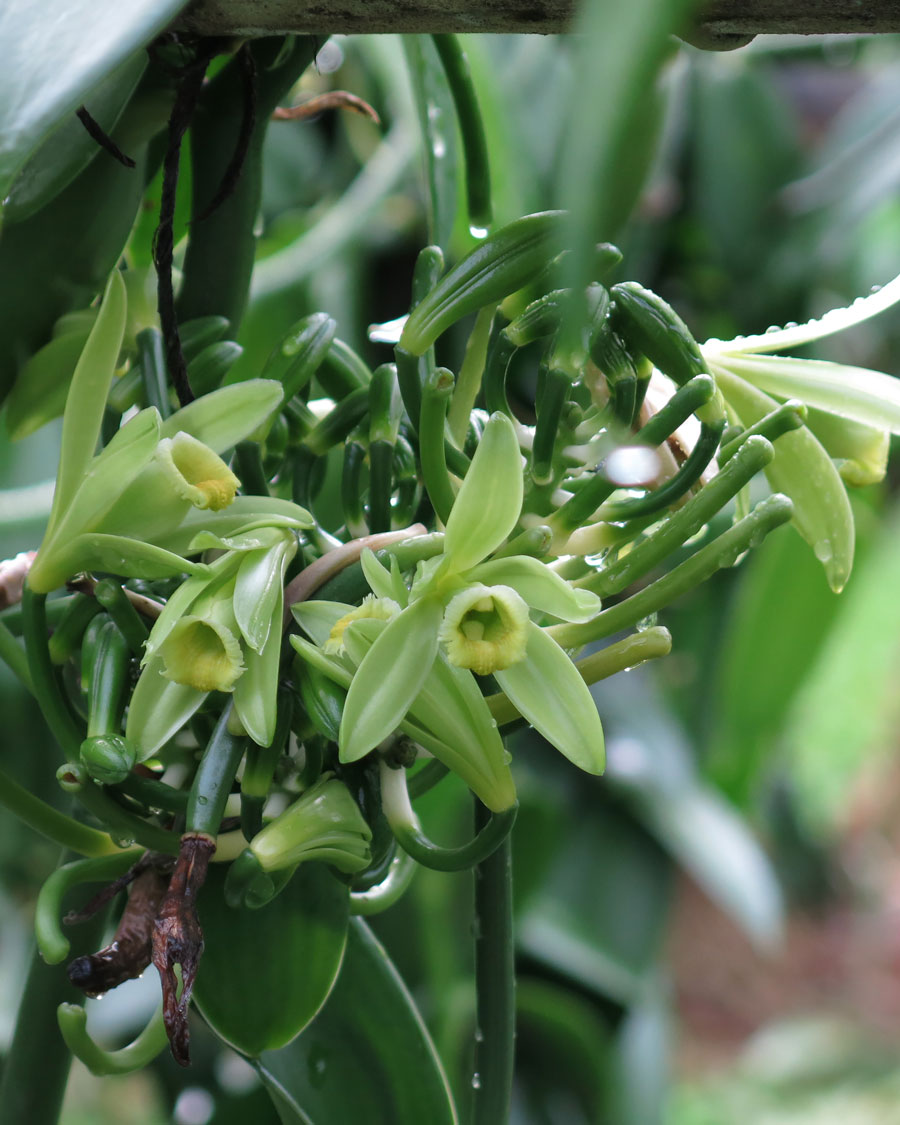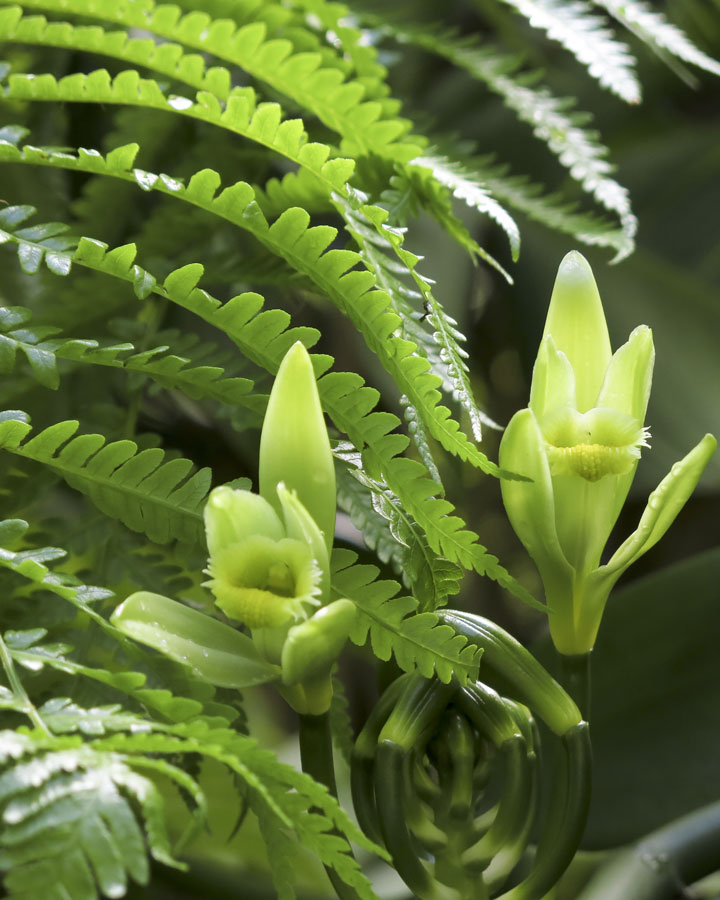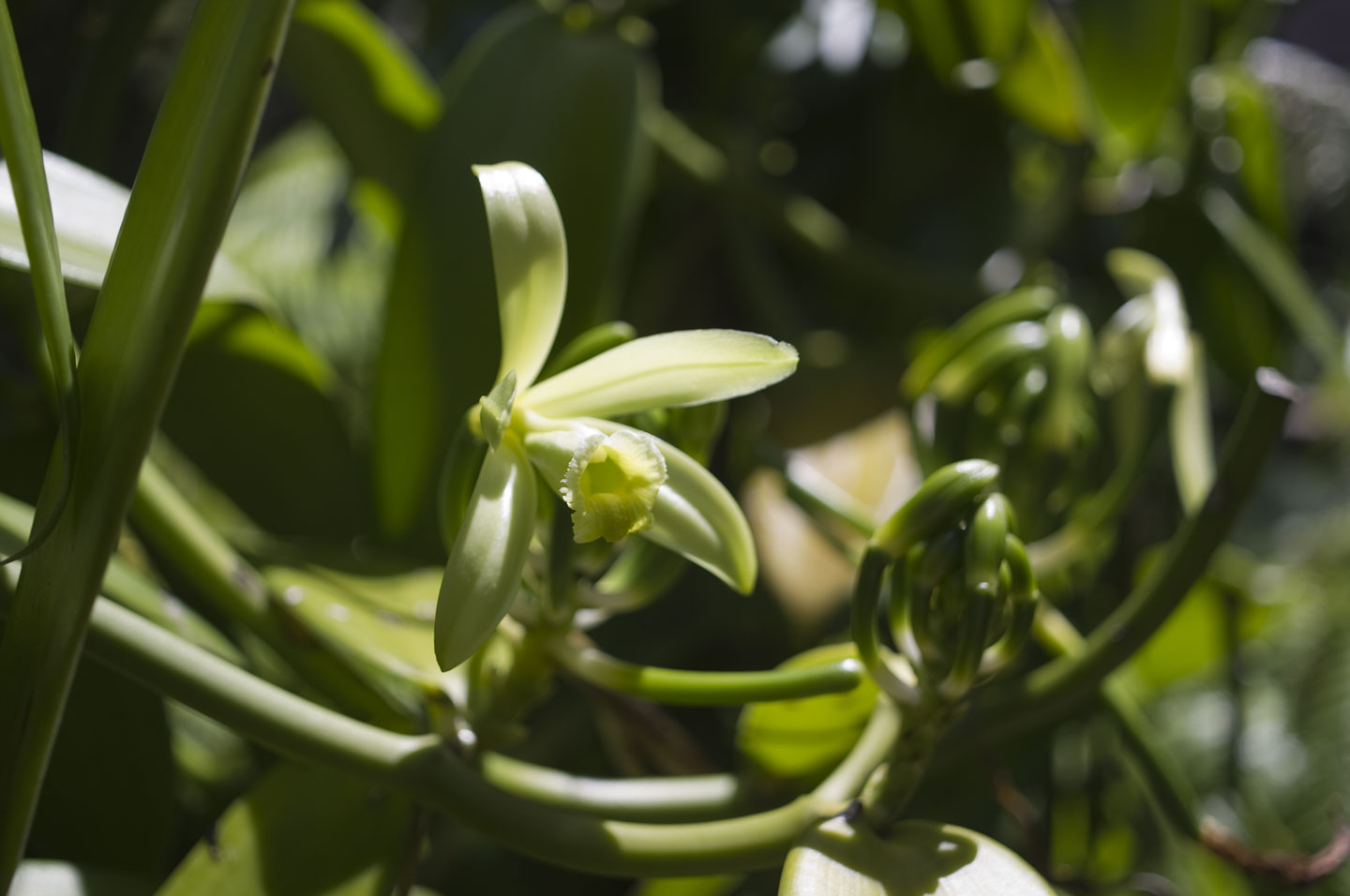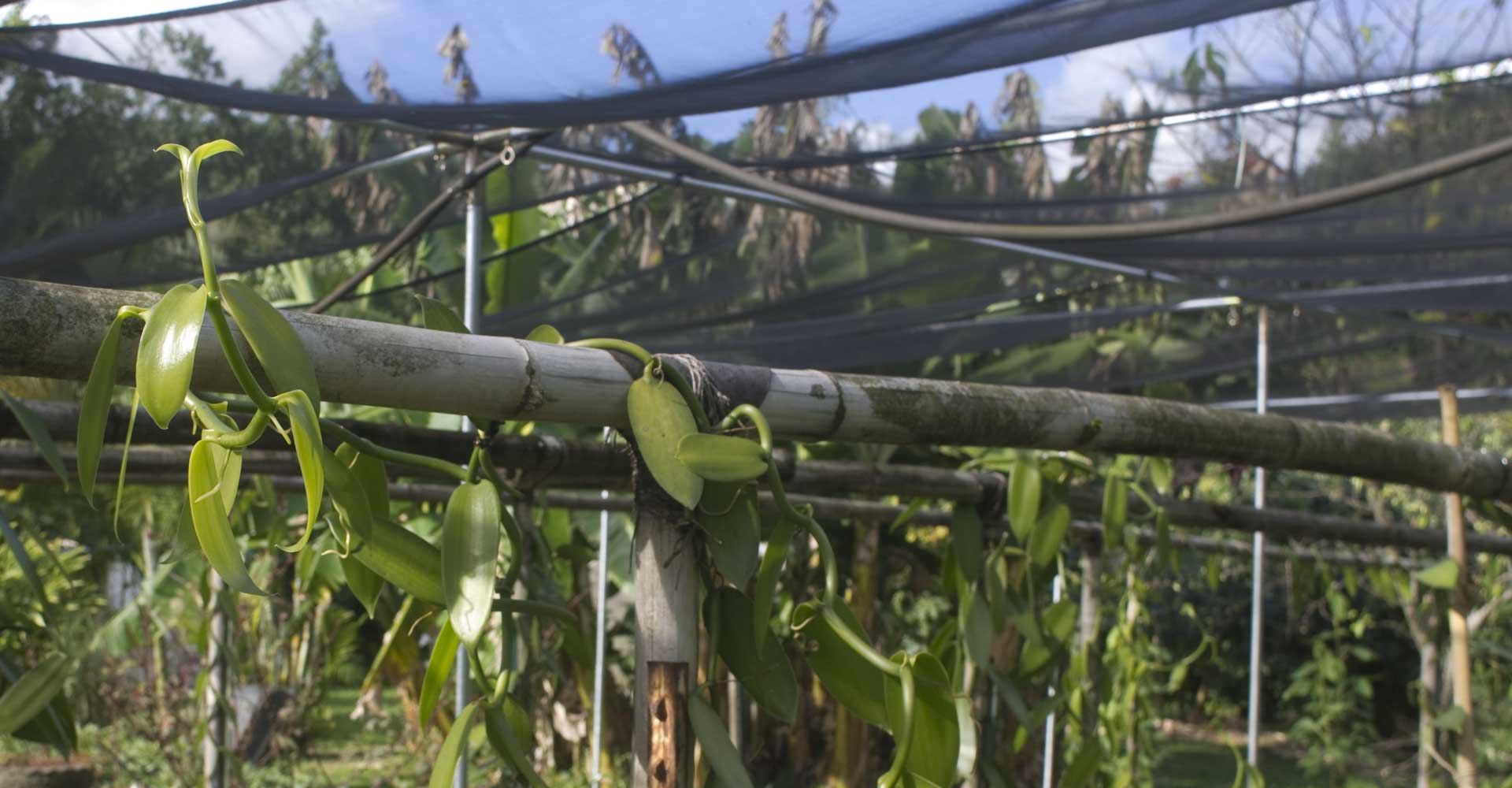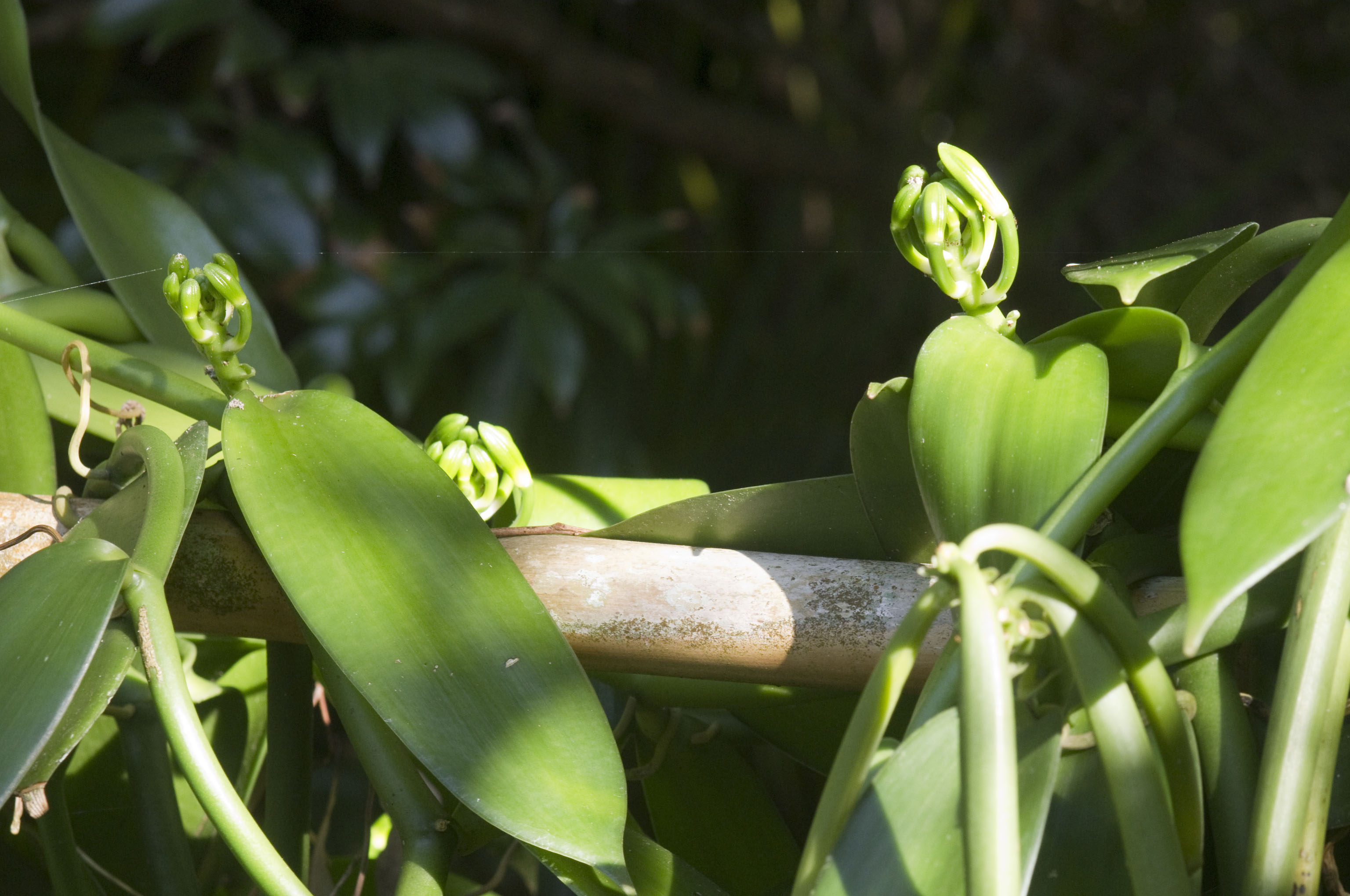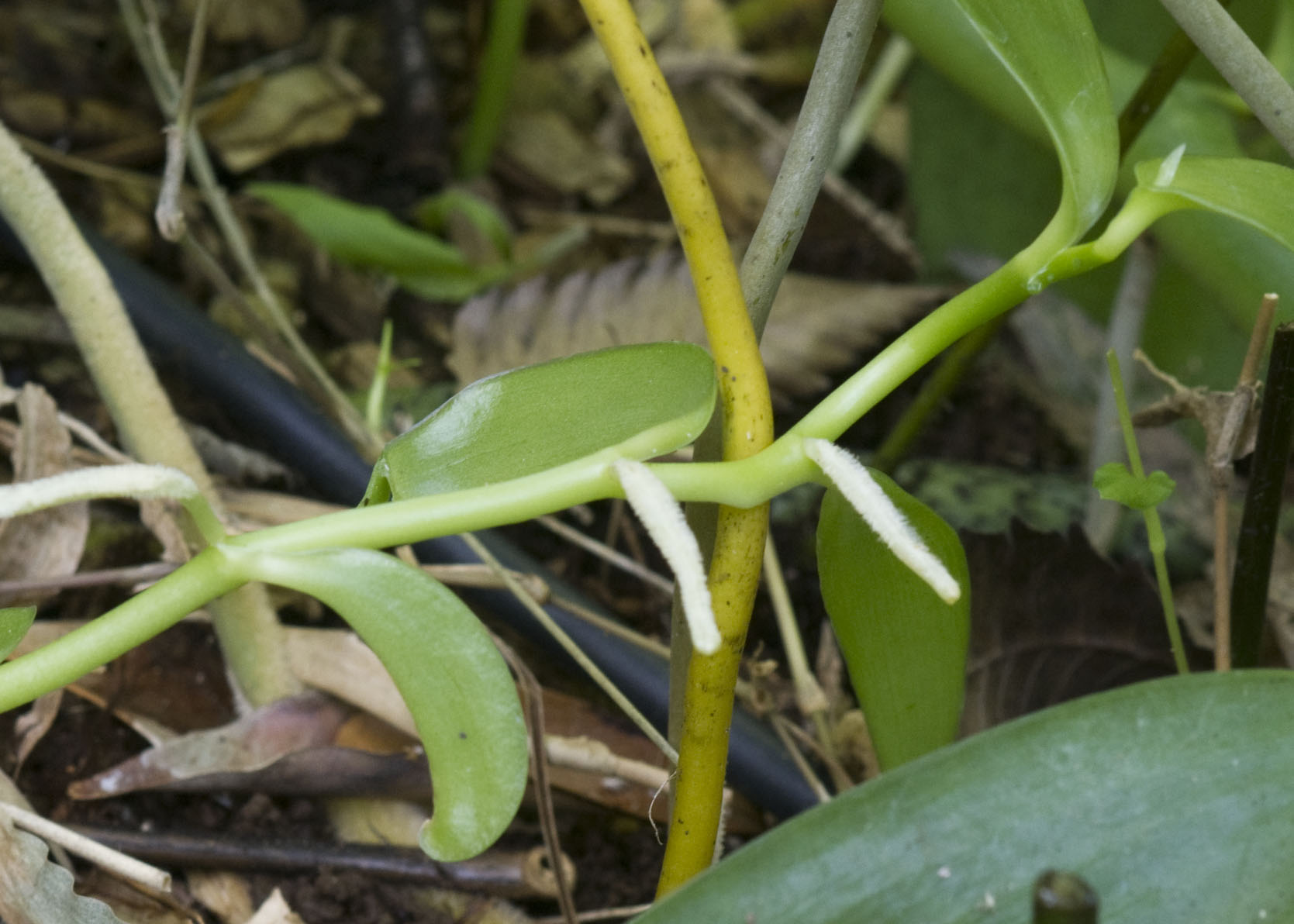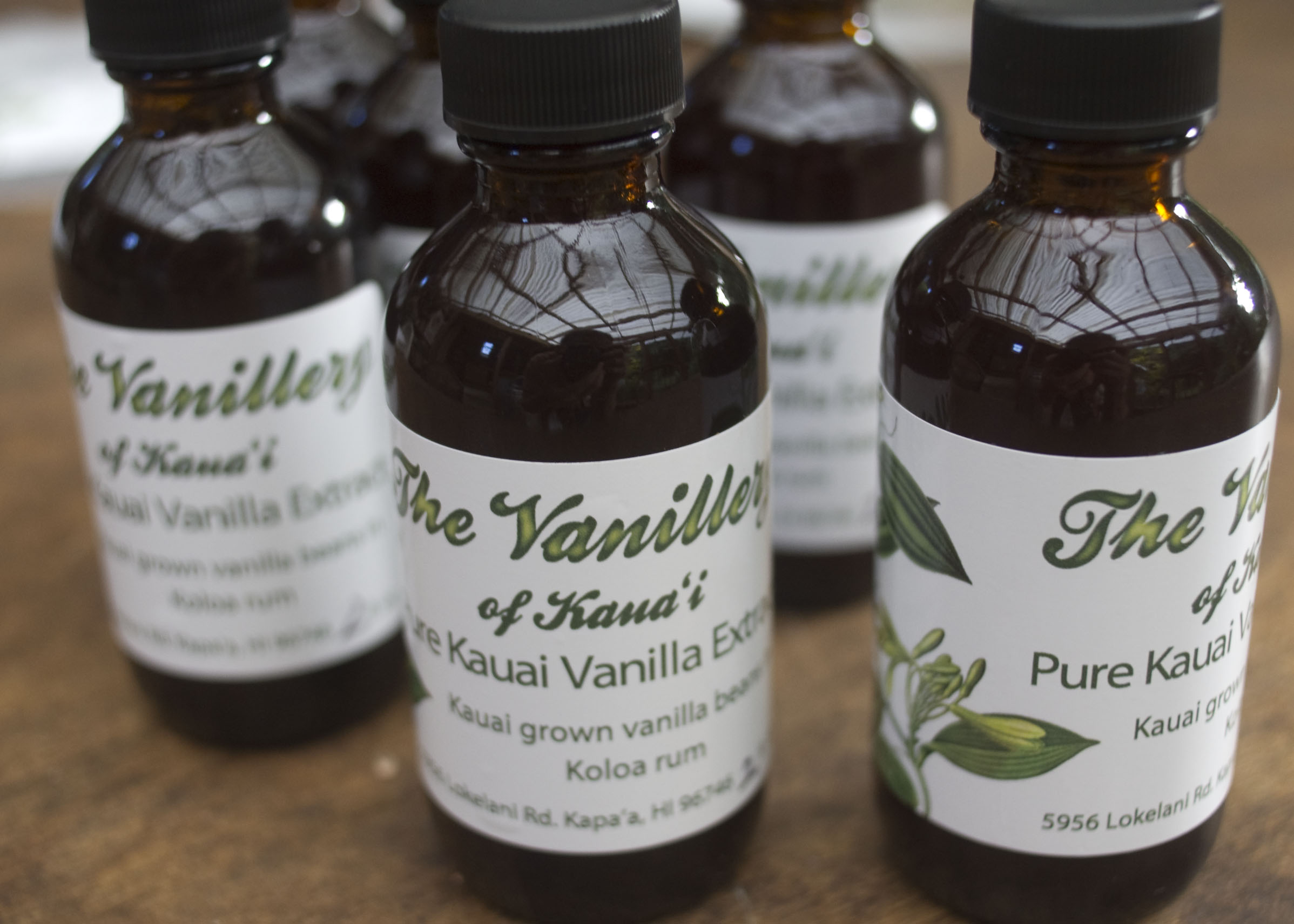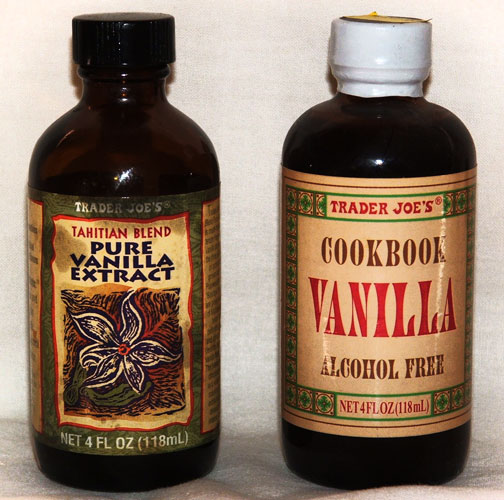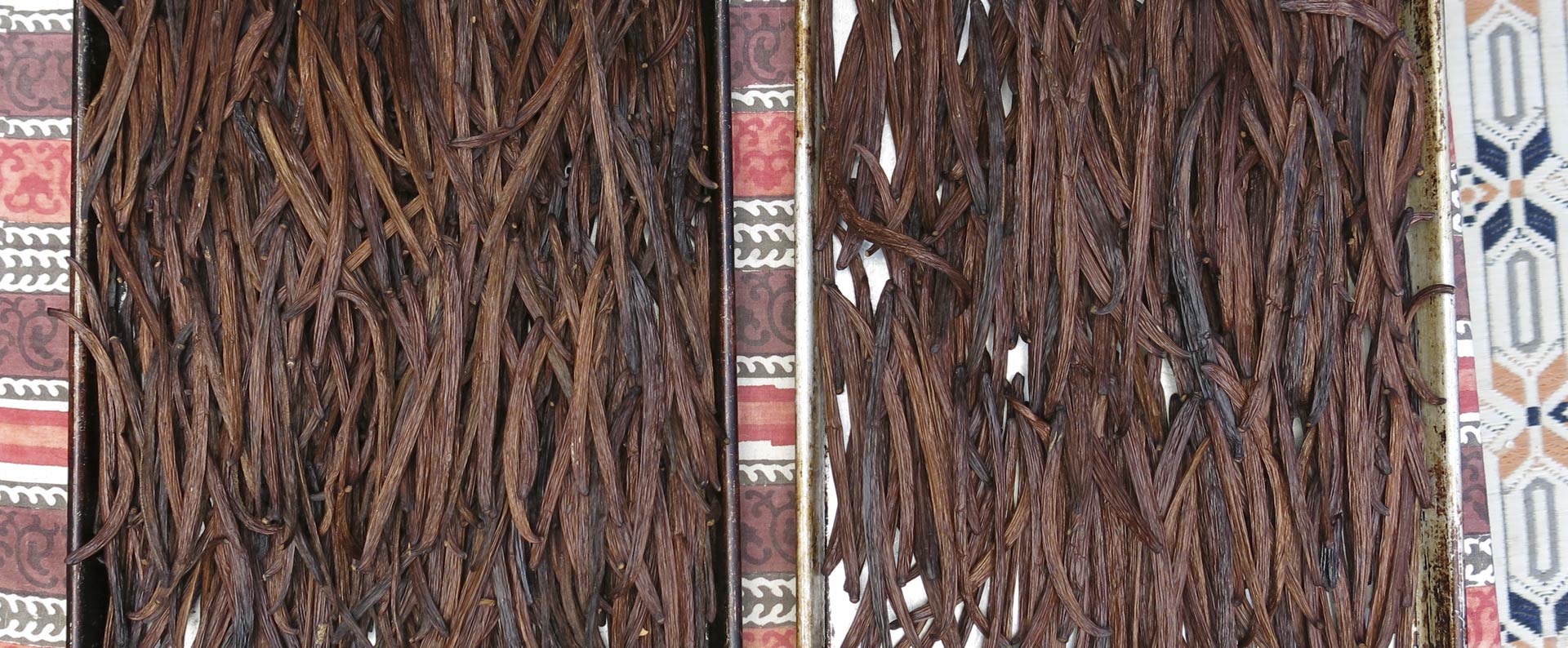
Took the beans out of their box today: it’s time to grade the harvest. The last beans came off the open-air drying racks two months ago, and they’ve been conditioning in their box since then. The beans are graded at this point, divided into the two grades by size, moisture content, and appearance. The grade A beans are bundled and placed in the conditioning box for another 7 months, so there is a total of 9 months of conditioning after the drying is complete. The cured beans are sold to the culinary trade for direct use in recipes. They are brown in color and filled with fragrant, oily “caviar,” the seeds and pulp of the vanilla pod after curing. This is… (read)
Full Article…
